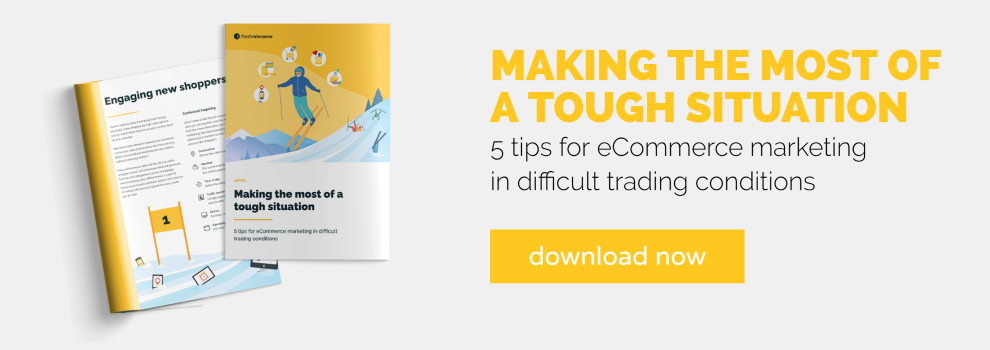Research shows that retailers lose a third of their revenue to returns. Additionally, 10% of online returns are donated or incinerated, and items that are restocked must be hand-evaluated for potential damage, and then cleaned before being restocked – a costly process that is undoubtedly the source of even the chirpiest eCommerce leader’s headaches.
What’s more, the cost of living crisis and threat of a recession is causing more people to make returns, with Asos and Boohoo recently flagging rocketing return rates due to increased pressure on shoppers’ budgets.
Plus, if you’re not using a personalization platform like Fresh Relevance with advanced product recommendation functionality, you’ll waste precious website and email real estate by not excluding customer returns data from your product recommendations. (Hint, customers don’t want recommendations based on items they didn’t keep.)
But despite the lost revenue and pollution of your customer data, the fact remains that attractive returns policies encourage shoppers to make a purchase. In fact, 69% of consumers say free returns is the most important service they look for when deciding where to shop.
So, how can eCommerce leaders continue to convert more shoppers with their returns policies while reducing return rates? Read on for 3 return rate-reducing tactics to help you avoid the negative impacts of increased inventory and extra fulfillment costs.
1) User generated content
One study found that over 1 in 4 consumers made a return because the product was misrepresented. Avoid this issue by showing shoppers what your product looks like in real life with user generated content (UGC) alongside the product they are browsing. 1 in 3 shoppers prefer to see a product as it is worn or used by real people as opposed to professional product images, so it pays to use this social proof tactic.
Try adding UGC to your product pages to give shoppers an accurate idea of how the product will fit into their lives, like Killstar does in this example.
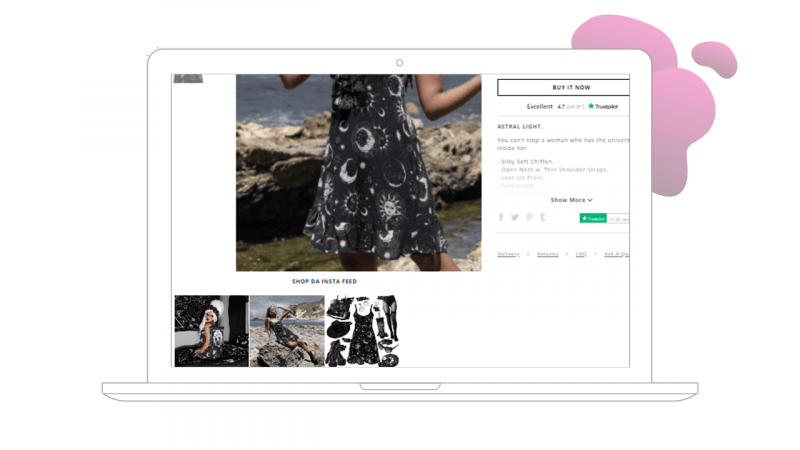
Source: Killstar.com
Add live social feeds to your email marketing to shine the spotlight on your customer community and help shoppers out with authentic images of your products, as Sunglasses Shop has done in this example.

Source: sunglasses-shop.co.uk
2) Reviews and ratings
Similarly, be sure to add plenty of reviews and ratings throughout the customer journey to ensure shoppers have all the information they need to make an informed decision. And with 40% of consumers only considering reviews written in the past two weeks, it pays to use real-time technology.
Sunglasses Shop includes star ratings and reviews alongside their products to ease purchase anxiety and help customers choose the right pair of sunglasses for them.
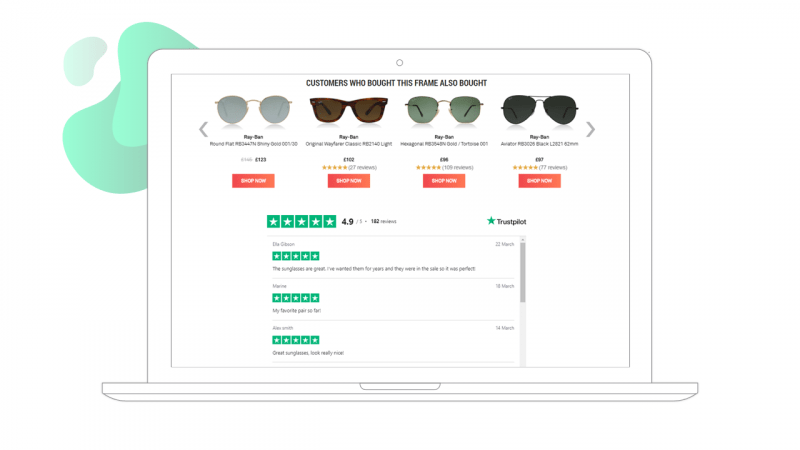
Source: sunglasses-shop.co.uk
Add reviews and ratings to your cart and browse abandonment emails to help out shoppers who perhaps need more information before making a purchase decision, as Viovet does in their cart abandonment emails.
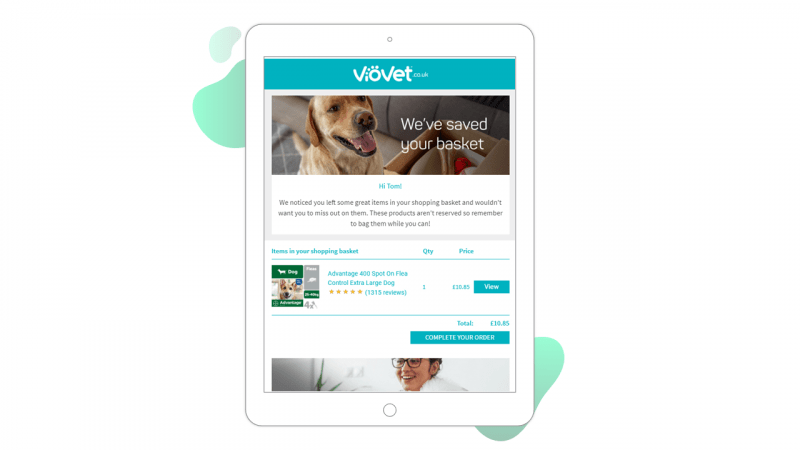
Source: Viovet email
3) Post-purchase emails
42% of shoppers cite buyer’s remorse as the main reason for returning products. Without the instant gratification of holding a shopping bag stuffed full of goodies, eCommerce customers can be left feeling regretful during the period of time between parting with their money and receiving their purchase. Keep your customers excited with post-purchase emails that offer valuable delivery information along with inspiration on how to get the most out of their product once it arrives. Our research shows that many female shoppers enjoy receiving ideas on how to wear the clothing they have purchased, for example.
Harry’s provides their customers with handy tips on how to use their new product, reducing the risk of usage issues and returns.
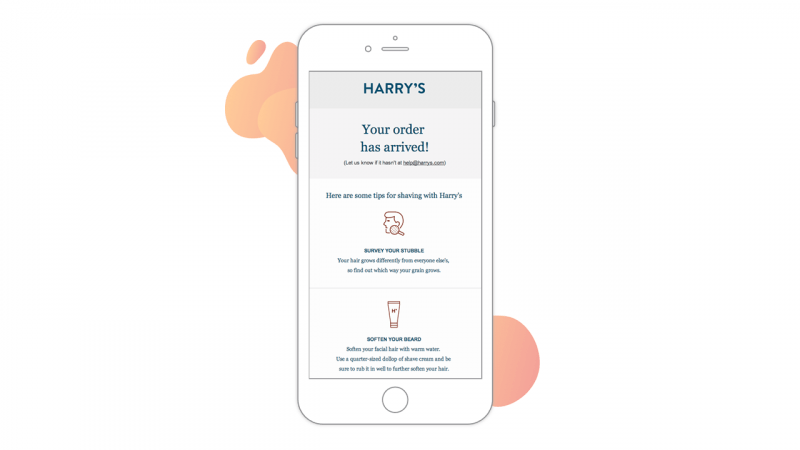
Source: Harry’s email
While you’ll always encounter serial returners and dissatisfied customers, giving your shoppers more information at the time of purchase helps them to select and keep the products that are right for them. Implementing the 3 tactics discussed here will help you reduce your returns rate, protect customer satisfaction and turn one-off shoppers into repeat customers.
Disclaimer
This blog post is for informational purposes only. Fresh Relevance is not claiming to provide its services to the companies and brand owners referred to in the blog post.



